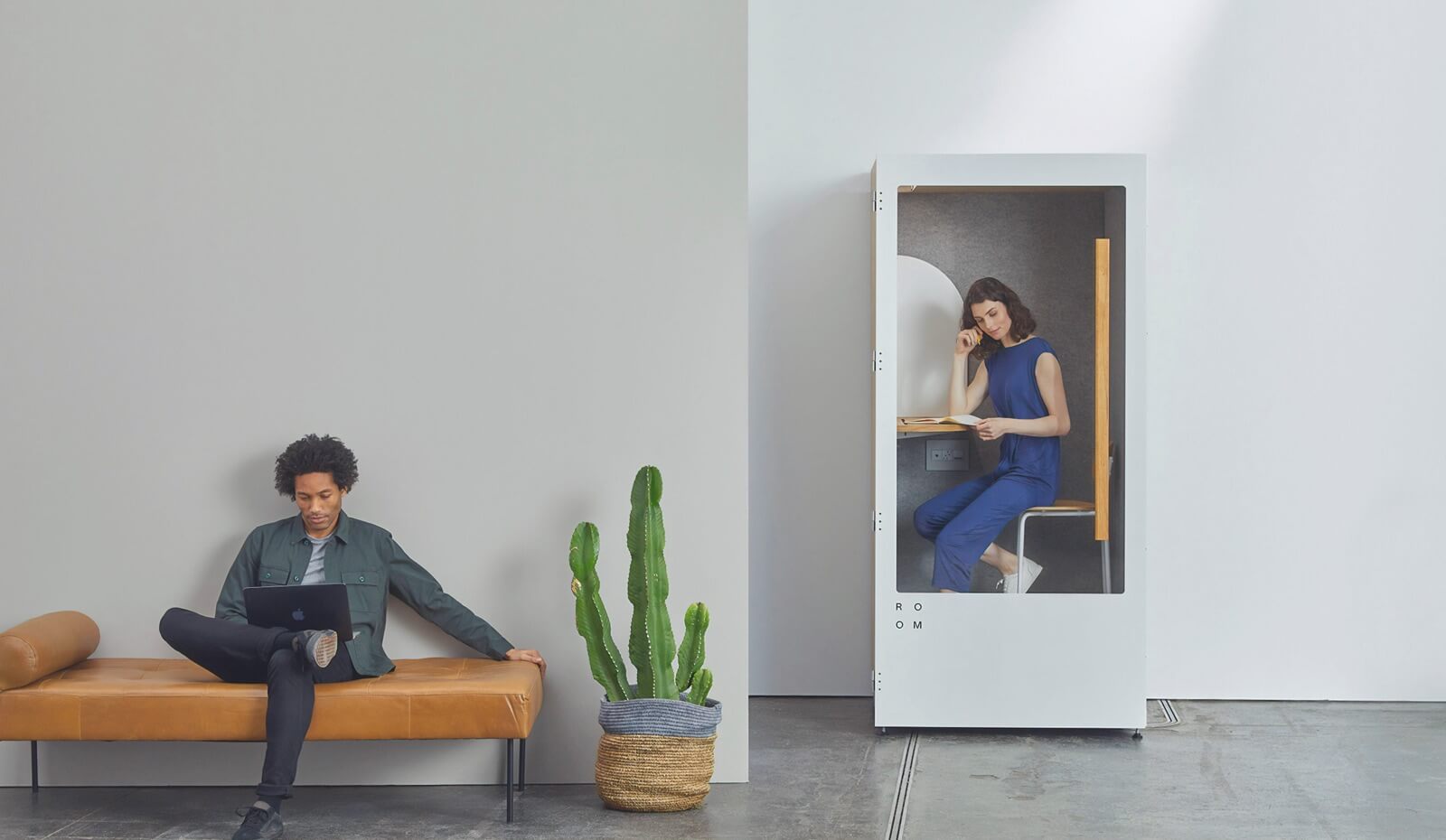Tech makes everything it touches easier. Take running, for example. There are smartwatches that track your pace, apps that guide you through marathon training, and audio technology, like a good pair of earbuds or headphones, that speed up those long runs and offer up aware listening while you’re pounding pavement.
I just completed my first half marathon, and there are a few key tech products, like my favorite aware earbuds or my fitness tracking smart ring, that have helped me stay motivated and track my progress through this 12-week period. I’d recommend these items to anybody looking to train for and run their first race — whether that’s a 5k or a marathon.
Also: Best fitness trackers
There are plenty of training plan apps you can use while diving into running. I learned how to run a 5k through using the Couch 2 5k app, but for those who are already deep into running, the Run with Hal app is better for training programs for longer distances, like a half marathon or marathon. You plug in your current or desired pace, the days you’d like to run or rest, and the app generates a 12-week plan for you, set up with days for recovery runs, base runs, long runs, cross training, and more. The app presents you with time goals and as you log your time and distance per run, the app recalculates your weekly plan to adjust to your previous paces.
I found the plan doable and the daily run advice, like how to properly land on your feet as you run or diet guidelines for nourishing yourself as you train, helpful and unpretentious. Users on Reddit also said they preferred this app to competitors for its syncing with the Garmin app and its entry level advice and plans. The app is great for people who want a concise training plan.
Also: Best smart watches you can buy
Many runners prefer bone conduction headphones as they run, but even the best bone conduction headphones tend to sacrifice sound quality for awareness. That’s why I was blown away when I tested out the Bose Ultra Open earbuds, which somehow have perfected pure, rich sound and complete environmental awareness. You wear these like they’re clip-on earrings, and the earbuds utilize part bone conduction part air conduction technology that Bose calls OpenAudio. The result is nearly magical: I can run on the busy streets of New York and hear every honk and beep, while also hearing my music at its best. You are getting a smidge of audio leakage, which is to be expected from an open-ear design like these. But no matter how many times I shook my head, the earbuds wouldn’t come out.
Also: Why I run with these Bose earbuds instead of bone conduction
The 5-hour battery life is just long enough to last a recreational runner running a marathon, but if you want a longer battery life, I’d suggest opting for the 12-hour Sony WF-1000XM5 earbuds or the 8-hour JBL Tour Pro 2 earbuds. Redditors said they liked the Ultra Open earbuds for the sound quality and unique design but lamented the poor call quality and high price you have to pay for these earbuds. At $300, they aren’t cheap. But if you care a whole lot about sound quality and prioritize awareness on your runs, these are the earbuds for you.
Any sort of health and wellness tracker will suit you well during your training period — many runners, for example, love using smartwatches like the Garmin Forerunner for its widespread popularity and pace-tracking accuracy. But my health and sleep tracker of choice just so happens to be a smart ring, and my smart ring of choice for running my half marathon just so happens to be the Ultrahuman Ring Air. While I would also recommend the Oura Ring for running thanks to its seamless syncing with Strava, the Ultrahuman Ring Air specializes in hacking your body for training purposes. It’s more suited to athletes and people prioritizing their activity and diet, with features like its ChatGPT-powered food optimization AI that offers insights into how you can reduce your body’s glucose response to certain foods and the best way to consume stimulants to maximize your productivity potential.
Also: The best smart ring for fitness junkies beats the Oura in several ways
The sleep, movement, and recovery scores offer easy insights into your overall wellness, and the app delivers your data in a clear yet comprehensive manner. You can log workouts, and even follow along to meditation, yoga, or HIIT classes through tutorials on the app.
After a 10-mile run, nothing feels better than plunging your feet in a foot massager and letting the motors go to work. After some stretches on the yoga mat I like to use a foot massager to loosen up the sore muscles in my feet. It’s a nice reward to a hard workout and a way of signaling to your body that the worst is over. Plus, keeping your muscles in tip-top shape through stretches and massages before and after your runs will only elevate your recovery.
Some runners like to use massage guns, like the Dacorm Massage Gun that ZDNET contributing writer Jack Wallen recommends, to get the knots out of their sore legs. “This massage gun, sold by a company named Dacorm, has given my legs more relief than anything I’ve ever tried,” Wallen writes in his spotlight of the product. The massage gun worked so well for Wallen that the pain from his runner’s knee eventually subsided after a few days of massage gun sessions. “Anyone who regularly suffers from tight muscles or overworking any part of the body (arms, legs, back, neck) would benefit from using such a tool,” Wallen said.
More: Getting into running? This gadget can help your recovery time
There’s Instagram for regular people and Strava for runners. Think of Strava as a training app, sure, but in essence, it’s a social media app for runners. You follow your friends, log your runs, and post them to your community. Friends can check your pace, your map, and even see when you’ve set new personal records or run your longest distances.
I wouldn’t recommend buying the premium version, unless you want to pay for the route-planning feature and see a wider scope of your running data, since a good fitness tracker can already do that. The real appeal of Strava is the community and social motivation you get from posting your runs and seeing your friends’ runs. You can record your runs, add photos you take to your posts, and see how your personal records stack up, as Strava records everything from your 10k pace to the splits on random streets. While a training app guides me through the process of working towards my 13.1-mile goals, Strava holds me accountable by posting my runs to my community of runner friends.
I test tech for a living, whether the gadgets are smart rings, AI robotic massage tables, or earbuds. I have strong opinions on what makes a tech product worth your money, because I know that budgets are tight and there’s no greater disappointment than wasting a paycheck on a middling device. I do my research, checking competing websites for the newest products, reading Reddit threads and Amazon reviews, speaking with researchers and analysts about what makes a certain device good or bad, and, when in doubt, testing everything out for myself.
For this story, if I hadn’t tested a product myself, I consulted ZDNET’s experts who have. I considered price, quality, and use cases for runners, among other things, to curate this list. While there are plenty of other tech I could have recommended to you, these are the five things that me, myself, and I think you would need to get a head start on your first race.
A marathon is 26.2 miles. It takes the average runner around four or five hours to run a marathon.


